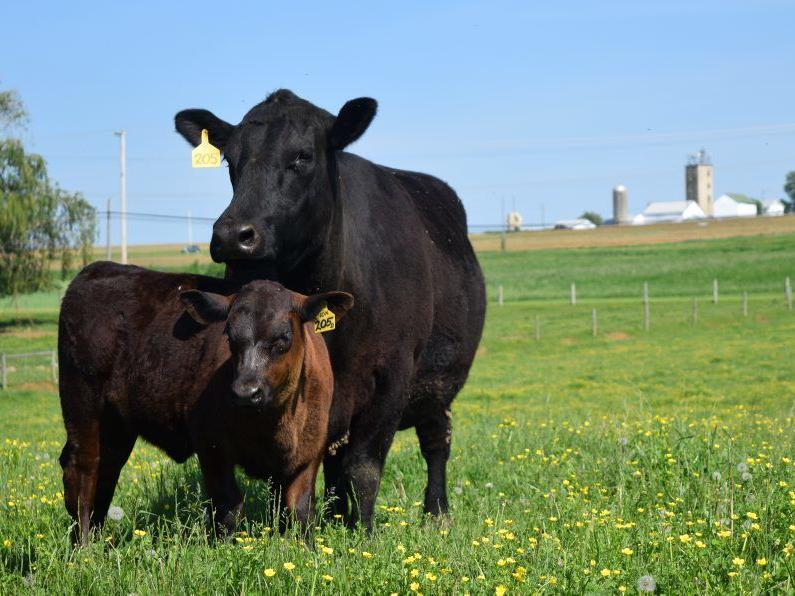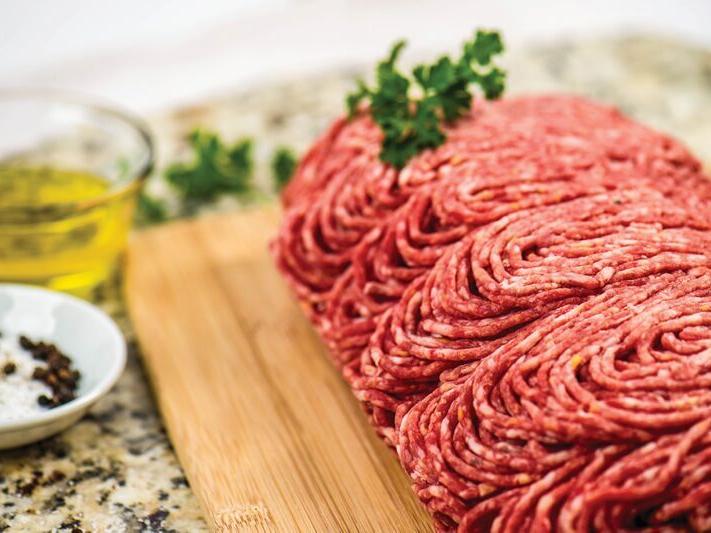
After COVID-19 outbreaks caused shutdowns at meatpacking plants this spring, consumers have taken a renewed interest in buying directly from farmers.
To meet that marketing opportunity, farmers should consider what traits they want to develop in their cattle well before they go to the butcher.
Lynn Bliven, a Cornell Cooperative Extension agent in Allegany County, and Katherine Staiger, of the New York Beef Council, recently presented a webinar on pre- and post-slaughter considerations for cattle producers.
In addition to her role at Cornell, Bliven grass-finishes a few steers and sells breeding stock at her farm. Staiger focuses on working with social media influencers, such as chefs, registered dietitians, bloggers and teachers, to promote beef.
Staiger said that Beef Quality Assurance principles include behavior and handling, farm safety, biosecurity, herd health management, transportation, recordkeeping, nutrition, environmental quality control and emergency action planning.
“These are preharvest decisions,” she said.
Where the animal gets processed determines how the farmer can sell the meat.
“When selling retail cuts or to restaurants, you do need to have USDA(-inspected) processing,” Bliven said. “That’s something to consider ahead of time.”
When using any other processor, the meat may be sold only in bulk — quarters, halves or wholes.
Bliven said that beef goals include taste, uniformity and consistency in size, quality and availability.
“Taste is the No. 1 reason why people eat beef,” she said. “There is variability in how animals are finished.”
Consistency can refer to providing cuts of beef that are consistent in both size and marbling. As for availability, Bliven said that is more important to those supplying restaurants and other institutions than for those selling freezer beef.
“Restaurants require year-round availability of products,” Bliven said. “Can you adjust your style of management?”
Bliven said that production factors that affect meat quality include the weight — both initial and final — breed, age, temperament, gender, pasture days, feedlot days, total days and dietary fat.
“Every farm is unique so there isn’t a right answer, but there are some considerations,” she added.
A large-framed beef animal is tall and long with a half inch of fat on the body. This includes steers weighing more than 1,250 pounds and heifers more than 1,150 pounds.
Medium-sized framed animals are slightly tall and slightly long-bodied. Steers weigh 1,100 pounds, and heifers weigh 1,250 pounds.
Small-framed steers weigh less than 1,100 pounds, and heifers weigh less than 1,000 pounds.
“We also want to think about muscling and muscle thickness,” Bliven said. “We want to be in No. 1 and 2.”
Those ratings are on the USDA Feeder Cattle Grades chart, which correlates rear shape to condition, with grade 1 cattle as appearing round from the back view, grade 2 as oval, grade 3 as a slimmer oval and grade 4 as a triangle with the tip pointing towards the hooves.
Though a farmer may have begun with calves, “we want to think of genetics if we’re raising our own,” Bliven said.
The Link LonkNovember 10, 2020 at 05:39PM
https://ift.tt/2IsnbDj
Plan for the Beef Animals You Want to Market - Lancaster Farming
https://ift.tt/2RxTDX4
Beef

No comments:
Post a Comment